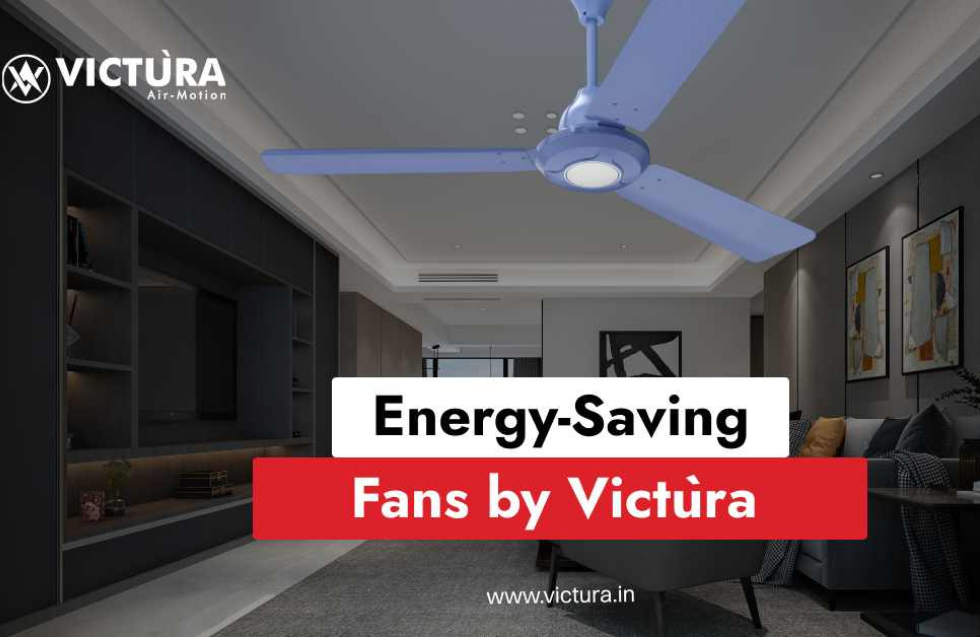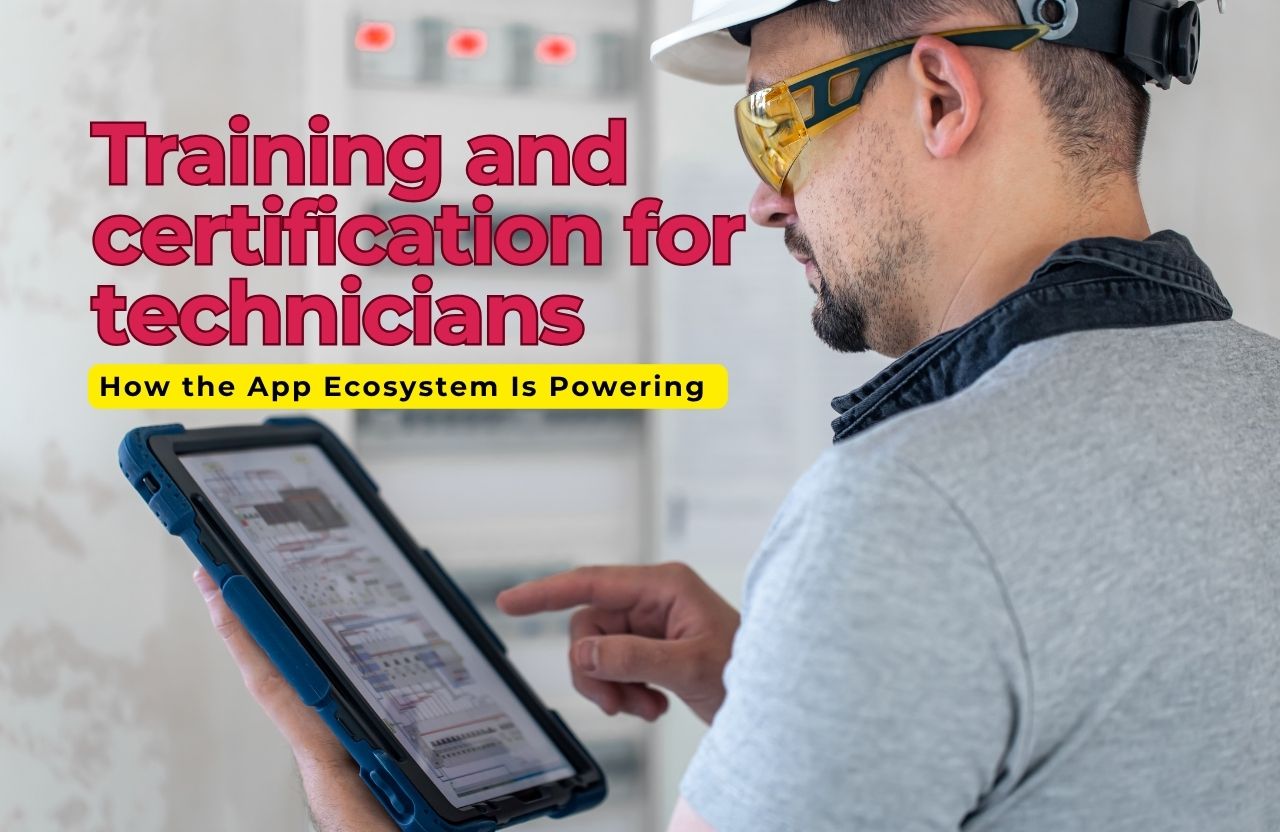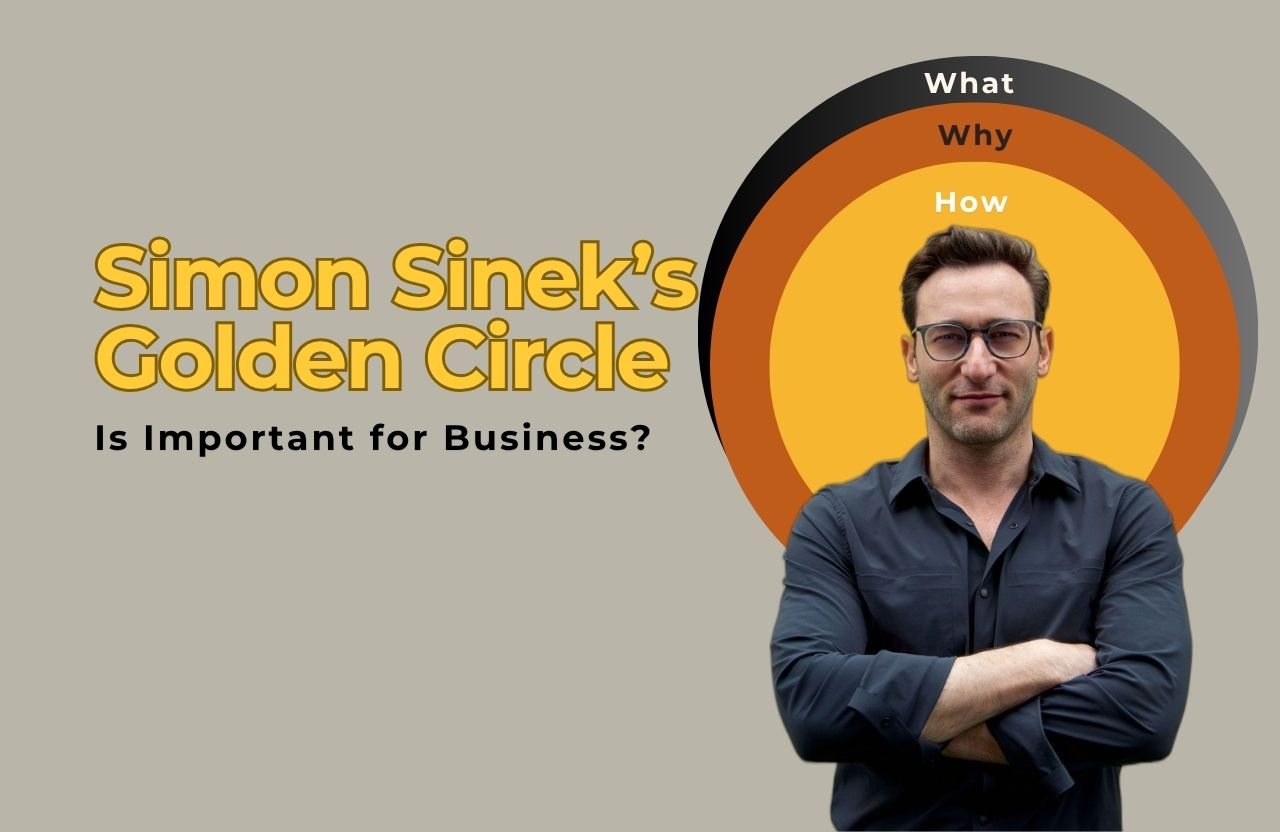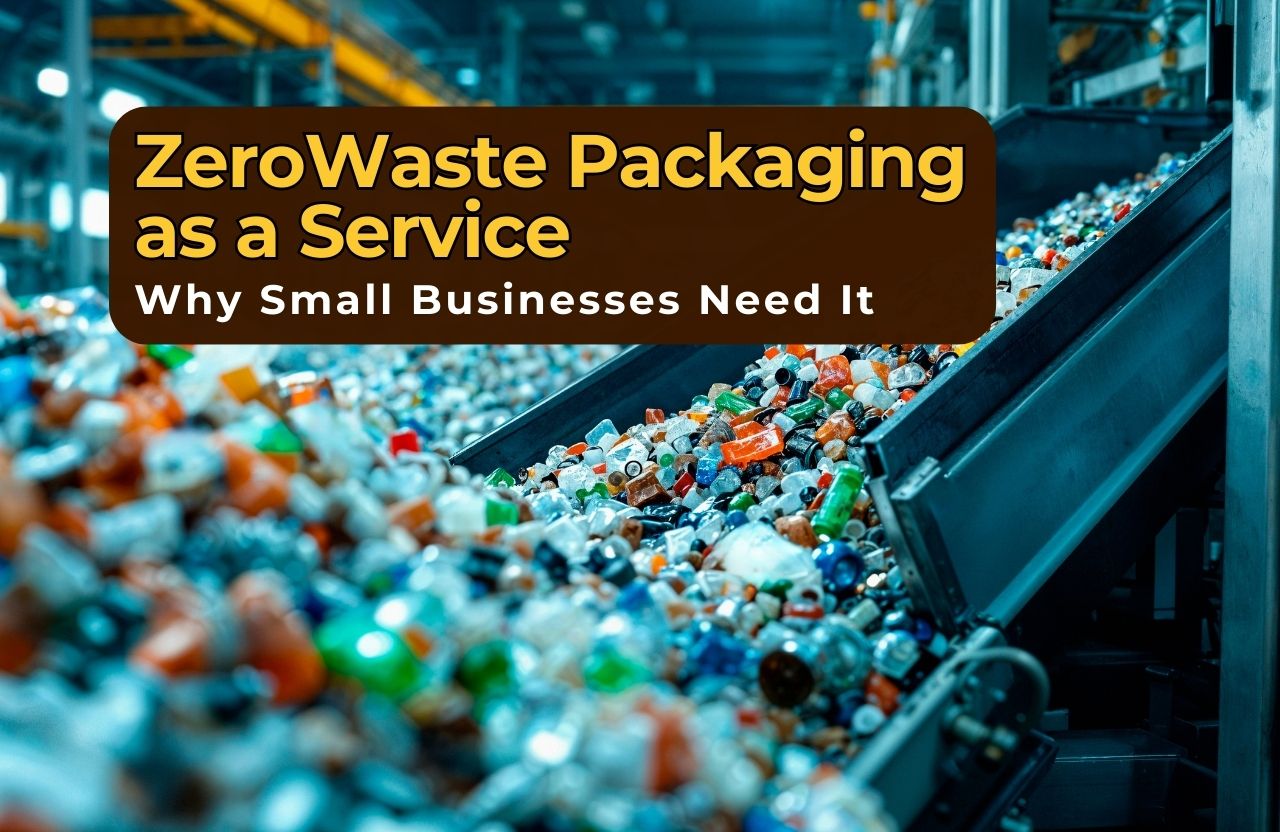Imagine you’re battling traffic in a large metropolitan town and the smog is bad enough that you can actually see the crap around you (lucky that you are wearing an advanced portable air purification helmet). This portable air purification helmet is more than just protective gear, it’s your personal clean-air bubble, light-weight, no-frills and tough enough to filter harmful particulates as you go along.
Intrigued? Let’s explore what it would take to bring it to fruition.
1. Market Snapshot: Why the Portable Air Purification Helmet is in Demand Now
The portable air exclusion helmet is following the rapid growth of the market for wearable air exclusion systems. The global wearable air purifier market is projected to reach around $500 million in 2025 and is expected to surge with a 15% CAGR through 2033 potentially touching $1.8 billion.
Urban air pollution, increasing respiratory disease and post-pandemic culture have turned personal air protection into a mainstream necessity and no longer a niche luxury. The Asia-Pacific market dominates in demand, with congested cities, traffic and fuel-borne smog. North America and Europe are moving through awareness of environmental complexities.
In 2025, smart technology propels market growth. IoT-controlled devices, app integration and real-time monitoring capture consumer attention. This is where the portable air purification helmet can really shine by combining protective equipment with intelligent air purification.
2. Step by Step: Launching the Startup
A. Conduct Market Research & Define Strategy
Prior to going into production, research your market audience commuters, motorcyclists, cyclists and even factory workers. Search for product gaps in the existing market and establish your point of competitive advantage. Consider both B2C and B2B markets to determine if your strategy will be direct sales, corporate deals or collaborations with courier services.
B. Design & R&D: Intelligent Meets Protective
An effective portable air purification helmet should combine safety, comfort and clean-air provision without being cumbersome. Some of the important considerations are:
- Filtration Technology: High-efficiency particulates air (HEPA) filters can capture up to 99.97% of impurities, particles and contaminants down to 0.3 microns.
- Airflow Management: Minuscule fans for active air flow so as to avoid CO₂ accumulation within the helmet.
- Smart Features: Bluetooth connectivity, mobile app functioning, air quality monitors and filter change notification.
- Materials: Lightweight durable shells with breathable, hypo-allergenic lining
Innovation in materials tech, e.g., nano-fiber membranes, can also lessen the helmet’s weight and improve filtration performance. Ideally, the helmets will feel just as natural to wear, as like an ordinary helmet.
C. Prototype, Test & Iterate
Prototype, design, develop and test prototypes in the actual application. Use laboratory testing for filtration capability, use field testing for comfort, noise and usability. At all different stages get frequent & meaningful feedback from your target market for design improvement feedback prior to mass production.
D. Manufacture & License
Installing production must strictly comply with safety requirements. For helmets, this would be complying with or surpassing local safety standards (like ISI, DOT, or ECE certification). For the air purification unit, filtration efficiency must be certified by authorized test bodies.
You will also have to decide if you will produce in house or outsource your production. In house production provides you greater quality controls, whereas outsourcing may save you the initial investment.
E. Funding Your Venture
Launching a hardware product like a portable air purification helmet requires significant capital. Funding options include:
- Bootstrapping: Using personal savings for small-scale launches.
- Angel Investors: People interested in launching products for health technology or sustainability.
- Venture Capital: If you’re looking at growth (particularly if you have a proprietary technology product).
- Crowdfunding: You can use sites like Kickstarter to both validate market demand and raise money.
- Government Grants: Some regions are excited to make grants available for anything clean-tech or health-related.
3. Smart Tech & Environmental Edge
In a crowded marketplace, the portable air purification helmet with intelligent integration can become your bestiator. A mobile companion app can:
- Monitor real-time local air quality.
- Alert on entering high-pollution areas.
- Keep track of battery and filter life.
- Provide usage reports to health conscious consumers.
Sustainability is important in consumer decision making, opportunity to have a reusable filter, recyclable parts or repairable design means brands can tell a complete story with a lower impact on the environment.
4. Distribution and Marketing Ratios
For a product like the portable air purification helmet, it is crucial to see marketing that highlights not just the lifestyle aspect of the product but also the health benefits.
- Online Marketing: Social media marketing that showcases real life meets commuting in the city, riding a bicycle or working in the manufacturing sector.
- Influencer Marketing: Partner environmentally conscious bloggers, technology influencers and health advocates.
- Retail Partnerships: Position products in bicycle stores, electronics stores and health equipment stores.
- Corporate Deals: Target logistics and delivery companies in order to provide helmets for their employees.
Early adopter initiatives can also facilitate buzz and word-of-mouth expansion.
5. Growth & Scaling: Understand the Road Ahead
Expand regionally first and then globally after being established locally. Adapting the portable air purification helmet to various climates, levels of air quality and cultural requirements can assist in accessing various markets.
Scaling strategically can consist of licensing technology to third-party helmet manufacturers or expanding into adjacent wearable air purification products.
6. Wrapping Up & Looking Ahead
Launching a portable air purification helmet startup is timely and lucrative. With the convergence of protection gear, high-tech filtering and intelligent connectivity, you can address an emerging worldwide need for clean personal air. Getting from concept to market takes research, regulation, innovation and promotion but for those who make it, the payoff is considerable.
So why not be ready to change the way the world breathes on the go?
FAQ’s
1. How do wearable air purifier helmets remove pollutants?
Wearable air purifier helmets used in combination with HEPA-grade filters can remove at least 99.97% of any particles including those down to 0.3 microns. When used correctly they will provide substantial improvement to your exposure to airborne pollution.
2. What are some existing market trends for wearables air purifiers?
The market is widely growing with high demand for intelligent, connected devices and increasing interest in devices that balance functionality with eco-friendliness.
3. What type of intelligent features should such a helmet possess?
Some must-have features are air quality monitors, mobile app connectivity, filter change reminders and optimized airflow adjustment for comfort.
4. What certifications must be met for producing such helmets?
Manufacturers need to meet helmet safety standards (ISI, DOT, ECE) and air filtration performance tests from third party institutions.
5. Which markets provide the most opportunity for growth?
Asia-Pacific, India & China, due to the potential for allowable pollution and North America and Europe due to environmentally conscious consumers.













